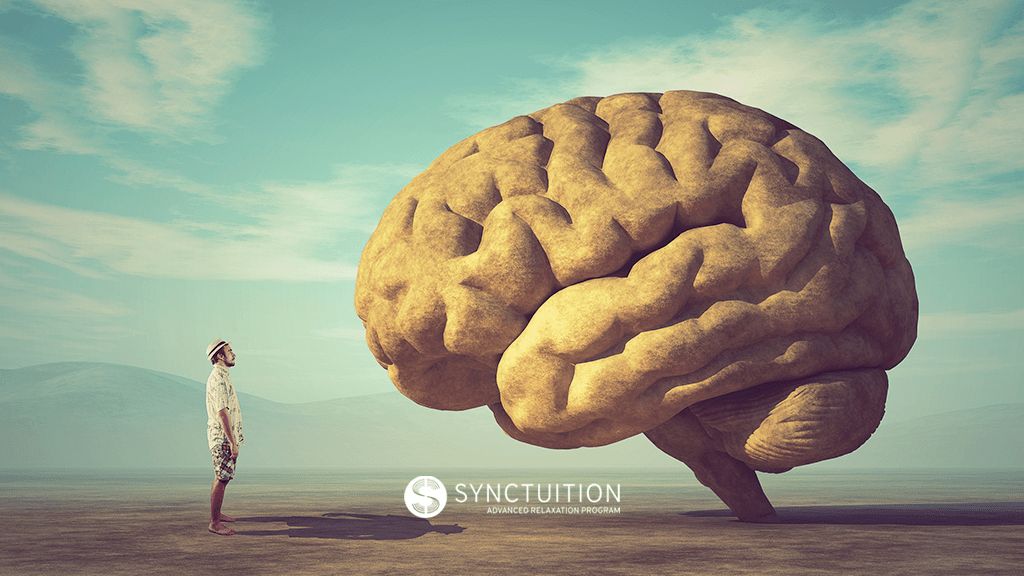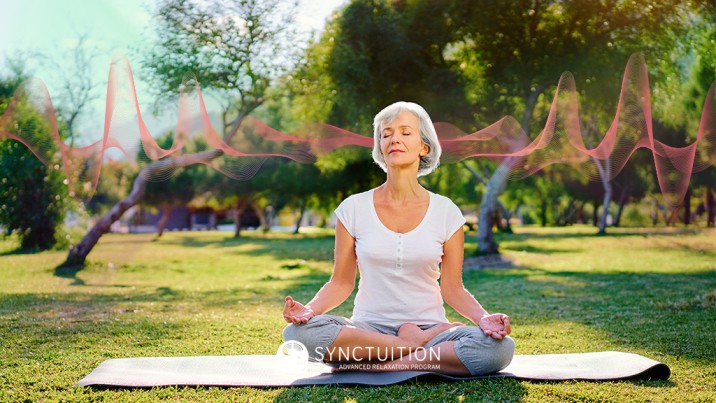Brain health is essential in our lives. It involves several mental functions including memory, reasoning, and planning. Our reasoning and planning skills enable us to protect our bodies and minds. And, without a functioning memory, there is no past, no future, and we are unable to enjoy the present. With time, all of these factors begin to fail and constant “senior moments” impede us from living our lives as we want to. If you long for successful aging and overall well-being, a stronger and younger brain is crucial.
Why would you like a younger brain?
Human beings are finite. For centuries we’ve been looking for the elixir of life in cosmetics, anti-aging products, plastic surgery, and more. Although we have yet to be successful, it’s a fact that people are living longer than ever before. Those who were born in the 1800s would have been lucky to reach their 50th birthday. Today, life expectancy exceeds 80 years of age in several parts of the world. Unfortunately, age-related diseases such as Alzheimer’s disease and other types of dementia can diminish the quality of life.
As we age, brain cells that normally fight off infections and repair tissue begin to attack healthy cells. Consequently, we experience inflammation, cognitive deficits, and disease. If we do nothing to protect our brains, not only will our mental health decline but our overall well-being will follow suit.
Luckily, having a younger and stronger brain as we get older is possible. As indicated by MacArthur’s Foundation research, there are a number of factors that enable people to maintain good mental functioning over the years. One of them has to do with the volume of gray matter in the brain.
Feeling younger than your age
A younger brain means a younger spirit and a more active lifestyle. As discovered by a study by Frontiers in Aging Neuroscience, people who feel younger than their actual age may have brains that age slower.
Scientists took brain scans of 68 healthy older adults between the ages of 59 and 89. The goal was to measure the volume of gray matter in several regions. Meanwhile, participants answered surveys to determine whether they felt older or younger than their age. What’s more, scientists measured their cognitive abilities and perceptions of overall health.
The results revealed that those participants who felt younger than their age scored higher on memory tests, rated themselves as healthy, and were less likely to experience depression symptoms. People in this group also had more gray matter in certain brain regions, a characteristic typical of younger brains.

Meditation and its effects on the brain
Meditation is an ancient discipline capable of relaxing your mind, increasing awareness, and improving your overall well-being. Although humanity has been enjoying hundreds of meditation benefits for centuries, most recently, technology is allowing us to dig deeper in. As confirmed by fMRI (functional magnetic resonance imaging) or EEG (electroencephalogram), meditation has a variety of neurological benefits including a more powerful brain.
Neuroscientists from Mass General and Harvard Medical School have studied meditation and its positive effects on the brain for several years. One of their studies looked at long-term meditators versus a regular control group. The amazing results revealed that meditators had increased gray matter in several areas of the brain, including the auditory and sensory cortex.
In addition, the study found that meditators had more gray matter in another brain region linked to decision-making and working memory: the frontal cortex. While most people see their cortexes shrink as they age, 50-year-old meditators who participated in this trial had the same amount of gray matter as people half their age.
How to make your brain stronger and younger with meditation
If you look forward to keeping your brain strong and fresh with time, meditation is the answer. If you are new to this practice, it’s normal to wonder where to start. Even if you have tried meditation before, you might wonder which is the most effective method. After all, there are hundreds of meditation techniques out there, which incorporate practices from different traditions, cultures, and spiritual disciplines. To date, there isn’t a universally accepted “best” type of meditation; it depends on personal preferences and what works best for you. If you are feeling a bit lost, here are 6 simple methods to start meditating anywhere, anytime you like.
1. Mantra
This type of meditation involves the repetition of a simple word or phrase, which holds a special meaning for you. After choosing your mantra, assume a comfortable, upright position and spend 30 seconds with your eyes closed. Then, as silently as possible, begin repeating your mantra to yourself over and over again.
2. Visualize
Guided visualizations or imagery bring you into a deeply relaxed state by conjuring a powerful mental scene. All you need is a quiet place and the power of your imagination. Start by closing your eyes and taking a deep breath. Then, visualize yourself in a calm environment — the countryside, an empty breach, or anything you find peaceful. As you do so, engage your senses by imagining how your chosen place looks, sounds, feels, and smells.

3. Just breathe
One of the easiest ways to engage in mindfulness meditation is to focus on your breathing. This is a simple exercise that can be done anywhere: at your home, at the office, or wherever you feel comfortable. To start, close your eyes and take natural, even, rhythmic breaths. While you’re breathing in, count one, when you breathe out, count two. Once you reach 10, start over again.
4. Enjoy nature
Step outside of the office and deep within yourself with a refreshing walking meditation. First of all, stand still. Next, bring your awareness to your feet, ankles, calves, knees, and hips. Start walking slowly and focus on sensations — how many moving parts are involved in every single step, for example. Try to synchronize your breath with each step for better results.
5. Focus on sounds
Sound has an ancient affinity with meditation and healing. In fact, sound healing has age-old roots in cultures all over the world, including Tibetan singing bowl spiritual ceremonies or Australian aboriginal tribes that used the didgeridoo as a sound healing instrument for over 40,000 years.
Although science still hasn’t fully understood how sound heals, a review of 400 published scientific articles found strong evidence that music has mental and physical health benefits, improving mood and reducing stress.
Our team of experts worked consistently for over a decade to find and isolate the sounds that work best to calm the mind. Synctuition’s audio journeys contain sounds of nature, instruments, and vocalizations. By listening to 25 minutes of Synctuition, you will experience the same effects of traditional, deep meditation. As you close your eyes and relax, you will be able to better visualize and feel more in sync with the natural world and your inner self.
Building a meditation routine you can keep up with
As with anything in life, meditation of any kind requires commitment. To fully enjoy the benefits of a younger and more powerful brain, you should make meditation a daily habit. Try these easy hacks to get a younger mind with meditation:
Find a meditation approach that you enjoy
“This idea that meditation is hard work and takes a long time to master is not correct,” says the co-founder of the London Meditation Centre. To get the most out of your meditation and fully enjoy the experience, find an approach that will suit you best. As we know, there are lots of meditation techniques out there. If you are feeling lost, start small. Find short meditation methods such as the ones listed above and dedicate 10 or 20 minutes of your day. Do this until you feel more confident to try different approaches and longer periods of time.
Link meditation to a daily activity
You wouldn’t think much about activities such as showering, brushing your teeth, or taking the bus on your way home. When adding a touch of mindfulness, these simple everyday tasks become real game-changers. By linking your daily meditation to those instrumental tasks, the effort needed to initiate the whole process is significantly reduced.
Expert meditator and author Davidji offers the acronym RPM (rise, pee, and meditate) and RAW (right after work) as guidelines to link meditation to everyday habits. These catchy acronyms reduce the resistance most people encounter when meditating for the first time.
Join group meditations
Although meditation is mostly an individual activity, practicing it in a group reinforces your commitment and helps you learn from experienced people. Most amazingly, groups can create a tangible energy that can inspire the most reluctant meditators or those who have lost the habit.
Schedule your meditation
Find an empty spot in your weekly calendar for a meditation session. If possible, try to schedule meditation at the same time every day to build the habit. Seeing the word “meditation” in your calendar can give you the extra incentive you need to get your daily dose of relaxation and mindfulness.
Optimize your meditation space
You can meditate anywhere, but dedicating a special space within your home can make your daily practice much easier and more engaging. Simply choose a comfortable room or corner. Supply your space with cushions, scented candles, a device with relaxing music, or anything that can help you feel relaxed and serene. Looking forward to optimizing your meditation space? Discover the best ways to create the perfect space at home to succeed at meditation.
Explore available resources
Like any other technique or skill you are trying to master, it is worth investing time in researching meditation. If you need an extra push to get the most out of your meditation routine, you could enroll in a course or retreat. Check what is available in your area or consult meditation guidelines online. Synctuition provides you with audio meditation technology to help you enjoy the many benefits of meditation.

Meditating with Synctuition for a stronger and younger brain
Synctuition is the most advanced evening relaxation program mixing the best of meditation and technology. It has been specially designed to help amateurs and experts alike to enjoy all the benefits of meditation. Synctuition’s revolutionary sound technology proves more than just immersive entertainment — each audio journey is made with 3D sounds, Gamma range binaural beats, rhythmic entrainment, and personalized voice frequencies that do wonders for your brain.
Binaural beats are created when slightly different sounds travel to each ear. This causes the brain to imagine a third sound to compensate for the difference, called the binaural beat. Synctuition uses the gamma range binaural beats and 3D sounds to increase connections of the brain. This is possible because your auditory cortices are located in different brain hemispheres and they have to work together in order to decode the 40 Hertz binaural signal that you are listening to in the Synctuition’s journeys.
As a result of the enhanced neural plasticity, Synctuition accelerates communication processes by creating brand new connections between different regions of the brain and stimulating gray matter. A better connection between brain hemispheres will help you to retain your cognitive ability as you grow older, giving you a younger and stronger mind.
Achieving a younger and stronger brain is possible! All you need to do is aim for a healthier lifestyle with physical exercise, a healthy diet, and meditation. Synctuition is the perfect blend of meditation and technology offering you engaging and beautiful audio journeys capable of relaxing you, stimulating your brain, and unlocking your intuitive mind.






